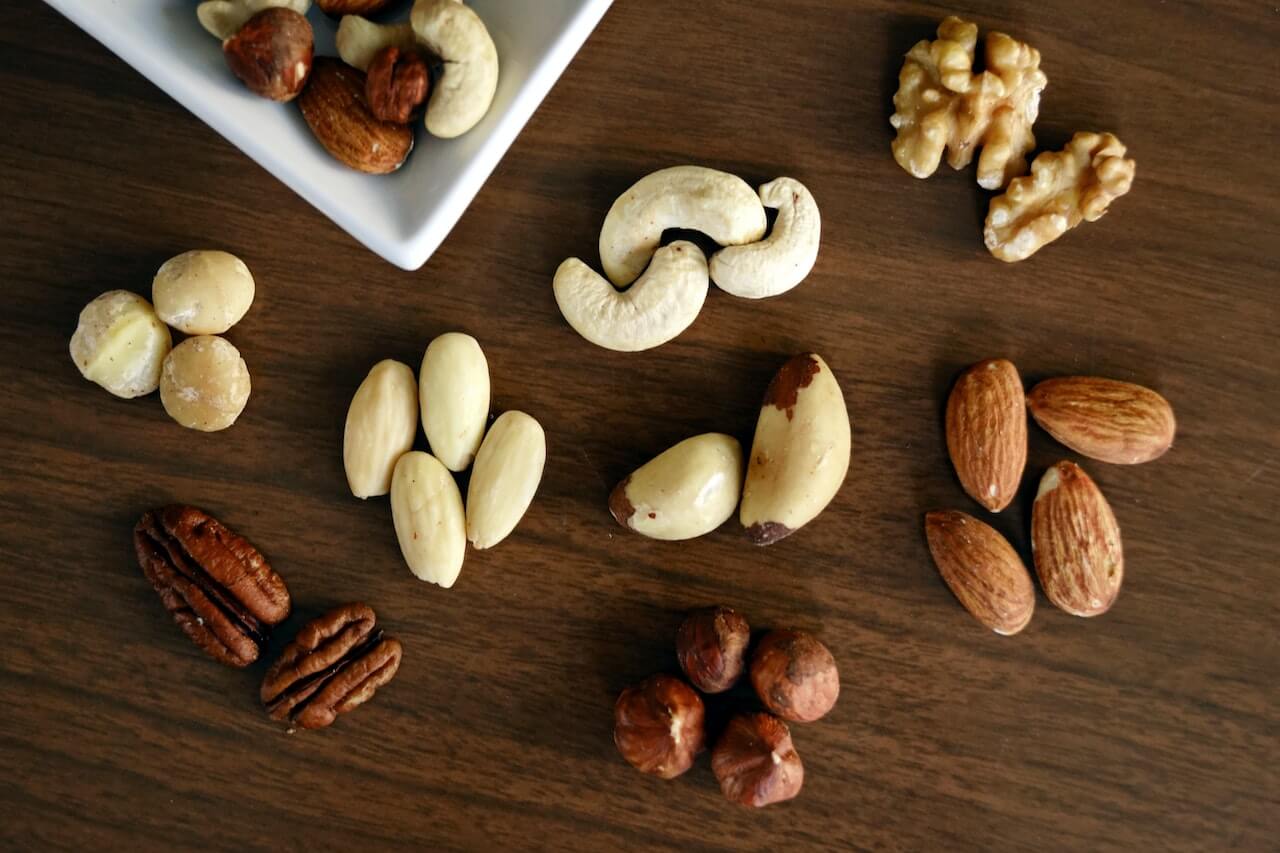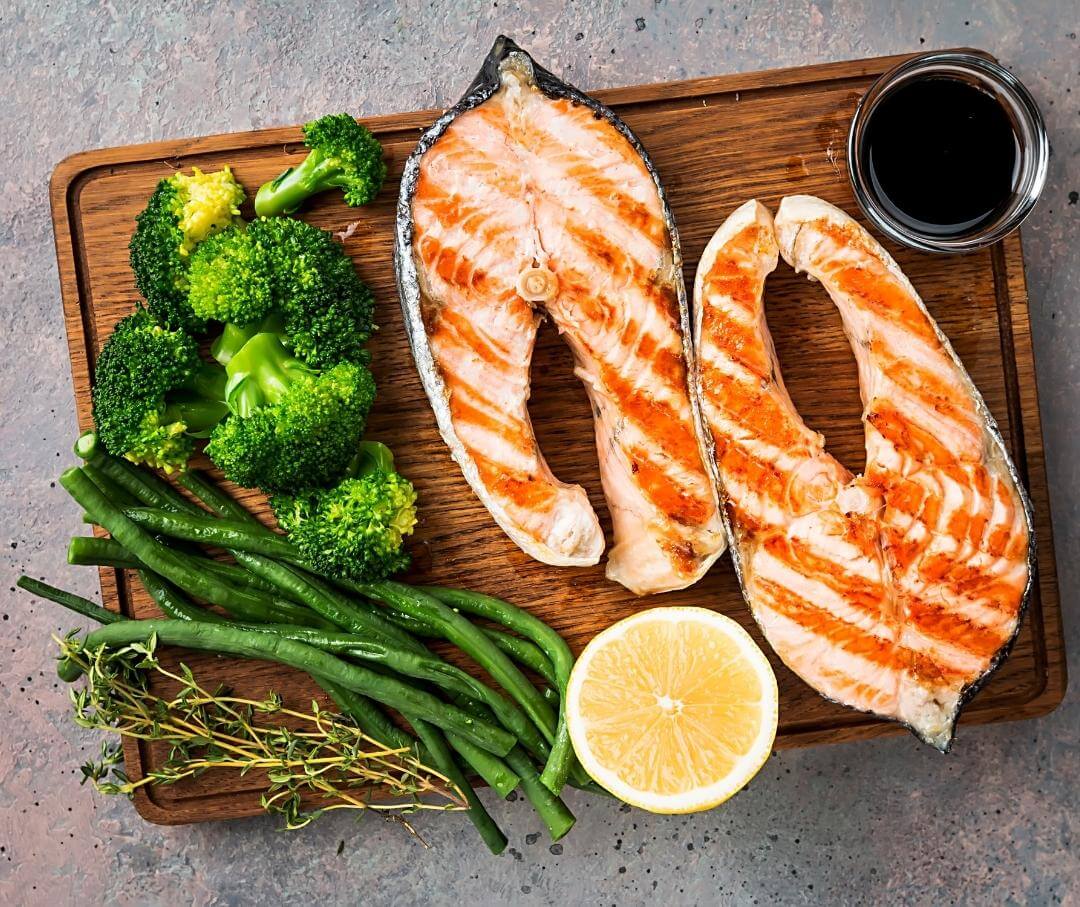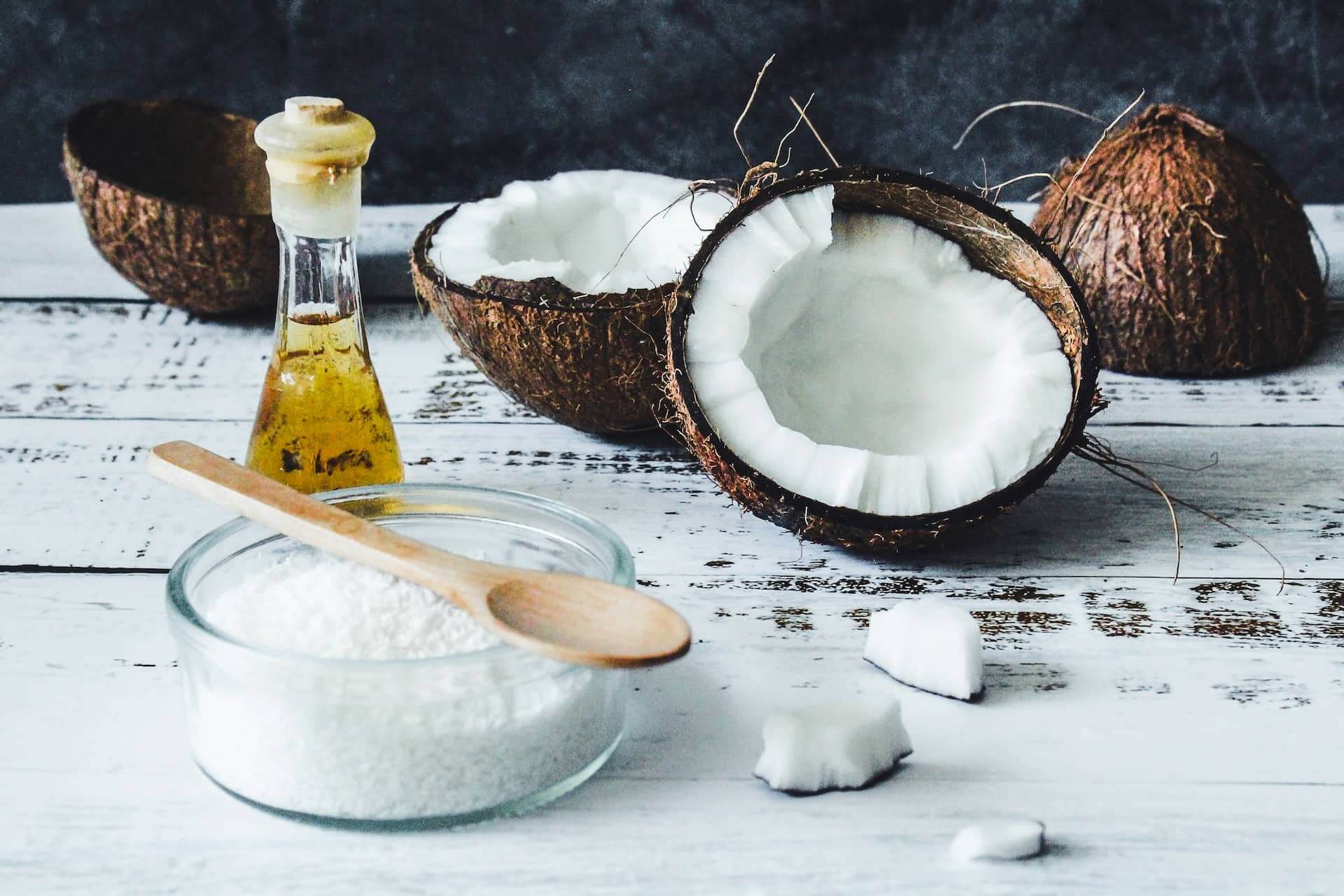Cholesterol is an essential component of the body. It maintains cell structure and membranes and is also a precursor for vital steroid hormones, bile acids, and vitamin D. Recent research indicates a role in the immune system.1 There are different types of cholesterol, each with its role in the body.
Cholesterol is primarily made of LDL and HDL cholesterol. Low-density lipoproteins (LDL) in high amounts are considered “bad” since they carry cholesterol to the arteries. High-density lipoproteins (HDL) work in the opposite way by removing cholesterol from the arteries, so they are considered “good.”1,2 A lipoprotein is a protein that combines with fat and transports fats throughout the blood.
Cholesterol levels can provide insight into how your body is digesting and using the fuel you consume. Testing these levels can provide knowledge and action steps to help improve your numbers.
In this article, you’ll learn about HDL and LDL cholesterol, optimal levels, foods that can improve your cholesterol levels, and medications that can help manage cholesterol.
What are HDL and LDL Cholesterol?
LDL cholesterol carries cholesterol to the arteries, and high levels are linked with plaque build-up and increased risk of heart disease.1,2
HDL cholesterol removes or transports cholesterol to the liver, which is processed and partially removed from the body.1,2 Higher HDL levels are associated with a reduced heart disease risk.
Triglycerides also travel through the bloodstream. A triglyceride stores unused or excess energy from your diet in your fat cells. Later, these triglycerides can be used for energy when your diet does not provide all your energy needs. If you continue to eat more than your body needs, you will store more and more triglycerides in fat cells.
Testing your cholesterol and triglyceride levels can provide important information about how your body processes your food and drinks. These results can guide healthcare providers to the best interventions to prevent disease.
{{mid-cta}}
How Optimal HDL Levels Look Like
Optimal HDL levels are considered 60 mg/dL up until 80 to 90 mg/dL.3,4,5
However, one should also look at LDL and triglyceride levels. Aiming for an LDL between 100-129 mg/dL is recommended if there are no other risk factors like heart disease or diabetes. With other risk factors, the LDL goal may be as low as 70 mg/dL. Desirable triglyceride levels are below 150 mg/dL.4
Every person is unique, and partnering with a healthcare provider to interpret and make actionable steps regarding your specific results, health conditions, and lifestyle is essential for long-term success.

HDL Foods: 8 Foods to Raise Your HDL Levels and Lower LDL
Many factors raise your HDL levels and lower LDL levels, such as diet, physical activity, sleep, stress, health, and environmental factors. Preventing or reversing obesity and diabetes, becoming more active, and stopping smoking all help to raise your HDL level.
Moreover, diet approaches have been found to reduce LDL cholesterol and inflammation. Inflammation is a risk factor for all types of health conditions. Supporting the body with antioxidant-rich foods and reducing inflammatory foods improves overall health.6
To optimize lipids levels with diet, one should replace some saturated fat intake with unsaturated fats. When people replaced saturated fats with carbohydrates, their lipid levels worsened in a study of 125,287 people from 18 countries. This study also found whole diet approaches were more effective at reducing heart disease risk than single foods or saturated fat.6
Including the following foods can help optimize your HDL and LDL numbers.7
- Nuts
Nuts contain plant-based fiber, protein, and heart-healthy fats (mono and poly-unsaturated fats). Consider including almonds, pistachios, walnuts, Brazil nuts, and peanuts in your weekly routine.
In a large prospective observational study of 16,217 people, the investigators compared nut intake among individuals with type 2 diabetes and the incidence of heart disease and death. The group eating five or more servings of nuts per week had a lower rate of heart disease or death.8
- Seeds
Seeds also contain fiber, protein, and heart-healthy fats. Try pumpkin seeds, sunflower seeds, ground flaxseed, or chia seeds. They can be eaten independently, as a topping, or used in baked recipes.
Seeds are another way to replace foods high in saturated fats with the added benefit of protein, fiber, and essential vitamins and minerals. Seeds are a good source of magnesium.9
- Olive oil
Consuming olive oil, primarily monounsaturated fats and rich in antioxidants like vitamin E, has been related to anticancer, anti-inflammation, and heart disease prevention.10,11 Olive oil, as part of the Mediterranean Diet, helps prevent obesity, metabolic syndrome, and type 2 diabetes.11
Olive oil is a staple in kitchens for a good reason. This healthy cooking oil is suitable for most at-home cooking methods and can be used in cold dressings, baking, and sautéing.

- Fatty fish
Fatty fish like wild salmon, albacore tuna, herring, anchovies, sardines, mackerel, trout, and Alaskan pollock contain polyunsaturated fats such as omega-3 fatty acids.
Omega 3 fatty acids reduce inflammation and help lower triglyceride levels.12 Forty-five medical students ate 750 gm weekly of fatty fish, lean fish, or lean protein for four weeks. High fatty fish intake increased HDL levels and reduced triglyceride levels in healthy, young, normal-weight adults compared to lean fish or lean meat.13
If you do not have access to fresh, fatty fish, consuming supplements with omega 3 fatty acids or fish oil supplements can also be effective.
- Avocado
Nutrients such as fiber, potassium, magnesium, and unsaturated fats in avocados benefit heart health. A 2018 systematic review including 481 subjects across seven studies found that avocado intake significantly increased HDL levels with no change in total or LDL cholesterol or triglyceride levels.14 Inclusion of avocados in your weekly diet can help reduce your heart disease risk.
- Legumes and beans
Legumes and beans are high in fiber, vitamins, and minerals. They are considered a high-quality carbohydrate source. Dietary fiber reduces LDL levels by decreasing cholesterol absorption in the intestines.7
High intake of low-quality carbohydrates (low fiber, low nutrients, and high added sugar or fat) has increased triglyceride levels and increased the risk of heart disease.7
High-quality carbohydrates like legumes, beans, fruits, vegetables, nuts, and whole grains reduce heart disease risk. You can also choose legume and bean-based pasta and rice to vary your intake and substitute for refined pasta.
- Whole grains
Research has consistently shown that high-fiber whole grains lower LDL and triglyceride levels.7,15 Whole-grain oats seem to be most effective for lowering cholesterol.15 15 This means less of your total cholesterol comes from LDL cholesterol and more from HDL cholesterol.
Try incorporating high-quality whole-grain carbohydrates like whole-grain pasta, quinoa, oats, and oatmeal to help optimize your cholesterol levels.
- Dark chocolate or cocoa
Dark chocolate or unsweetened cocoa has beneficial effects on LDL cholesterol and fasting blood sugar levels.16
Eight randomized controlled trials, including 433 participants, were evaluated. Results showed significantly reduced LDL cholesterol and fasting blood sugar levels after cocoa or dark chocolate consumption. 16 Dark chocolate and unsweetened cocoa are low or contain no added sugars, depending on the type.
7 Tips on How to Increase HDL Levels
Diet is just one part of optimizing your cholesterol and triglyceride levels to prevent disease. Here are seven healthy habits that can help improve your HDL levels.
- Exercise
The American Heart Association (AHA) recommends at least 150 minutes of moderate-intensity exercise or 75 minutes of vigorous-intensity activity weekly. Exercise increases HDL levels, which means more cholesterol is removed from your body.17 Start with small changes and build up to the recommended levels.

- Maintain a healthy weight.
Carrying excess weight tends to raise LDL cholesterol and triglycerides and lower HDL cholesterol. The AHA encourages that even losing 5 to 10% of your body weight can improve cholesterol levels.17
- Quit smoking
Smoking and vaping are known to lower HDL cholesterol. Even more, smoking compounds your risk of heart disease if you have less-than-ideal cholesterol levels.
People who smoke can lower their LDL and increase their HDL cholesterol by quitting. Non-smokers should avoid secondhand smoke to reduce their heart disease risk as well.17
- Focus on sleep quality and routines.
An observational study of 2,705 men revealed that sleeping 6 hours or less was associated with a low HDL and high triglyceride level. Men sleeping 8 hours daily had the highest average HDL cholesterol level.18
More research is needed on the relationship between sleep and cholesterol levels. In the meantime, prioritize regular sleep times and healthy sleep habits like relaxation and no technology before bed to help you fall asleep.
- Keep hydrated
Hydrating with unsweetened and no-added sugar beverages can help prevent excess weight gain, promote healthy digestion, and energize you. Hunger is often confused with thirst; ensuring you stay hydrated will help you stay on track with your weight loss and wellness goals, as well as optimize your cholesterol levels.
- Manage stress healthfully
Stress can exacerbate health conditions in your body. Several studies have shown that psychological stress was a risk factor for increased triglycerides and LDL cholesterol and decreased HDL cholesterol.19
Choosing stress-management techniques like exercise, music, or counseling can help you to reduce the negative effects stress can have on your life.
- Visit your healthcare provider regularly.
Maintaining yearly or more frequent appointments can help you manage and prevent health conditions.
Your healthcare provider can order tests to check your cholesterol levels and help determine appropriate next steps, considering your health conditions. Diabetes and high blood pressure are risk factors for other types of heart disease.17
What if I Need Medication?
Sometimes, lifestyle changes are insufficient to manage cholesterol levels due to genetics, age, and other health conditions. Then, medications can be used along with diet and lifestyle changes.
A healthcare professional should always prescribe medication, and patients should follow up regularly and ask questions about how to take their medication.
The most common medication options healthcare providers use to manage cholesterol levels20:
- Statins work in the liver to reduce the amount of cholesterol your body makes.
- Selective absorption cholesterol inhibitors prevent cholesterol from being absorbed in the intestine.
- Fibrates help lower triglyceride levels and have a mild LDL-lowering ability.
- Niacin is a B vitamin that limits how much blood fat is made in the liver; it lowers triglycerides and mildly lowers LDL cholesterol.
- Biologics, also known as PCSK9 inhibitors, are powerful LDL-lowering drugs that bind to and activate protein on cells in the liver to lower LDL cholesterol.
- Bile acid sequestrants cause the intestines to remove more cholesterol.
FAQ around Raising HDL
- What is the best diet for raising HDL?
The best diet for raising HDL incorporates fatty fish and healthy fats like olive or avocado oil, legumes, beans, fruits, vegetables, nuts, and whole grains. Reducing added sugars, processed foods, and trans fat intake can help optimize your cholesterol levels.
- What is the fastest way to raise your HDL?
It takes about two months to raise your HDL by about 5% with regular aerobic exercise most days of the week. Exercise is the most effective way to raise HDL levels. Incorporating tips from this article regarding nutrition will help you get there faster.
Learn More About Health and Healthy Nutrition with Signos’ Expert Advice
Diet and lifestyle can drastically improve cholesterol and triglyceride levels, reducing your risk of heart disease. Tools like a continuous glucose monitor (CGM) can help you know how your body responds to different foods, aiding your journey toward better health.
A Signos’ CGM can help you improve your health. Take a quick quiz to determine if Signos is a good fit for you. Learn more about nutrition and healthy habits on Signos’ blog.
- Item 1
- Item 2
- item 3
Topics discussed in this article:
References
- https://pubmed.ncbi.nlm.nih.gov/31323871/
- https://www.heart.org/en/health-topics/cholesterol/hdl-good-ldl-bad-cholesterol-and-triglycerides
- https://www.mayoclinic.org/diseases-conditions/high-blood-cholesterol/in-depth/hdl-cholesterol/art-20046388
- https://www.mayoclinic.org/diseases-conditions/high-blood-cholesterol/diagnosis-treatment/drc-20350806
- https://professional.heart.org/-/media/Files/Health-Topics/Cholesterol/Cholesterol-guide-for-HC-Practitioners-English.pdf
- https://pubmed.ncbi.nlm.nih.gov/28864143/
- https://pubmed.ncbi.nlm.nih.gov/33945244/
- https://www.ncbi.nlm.nih.gov/pmc/articles/PMC6578586/
- https://fdc.nal.usda.gov/fdc-app.html#/food-details/2078758/nutrients
- https://pubmed.ncbi.nlm.nih.gov/29495598/
- https://pubmed.ncbi.nlm.nih.gov/30487558/
- https://pubmed.ncbi.nlm.nih.gov/36501174/
- https://pubmed.ncbi.nlm.nih.gov/27363518/
- https://pubmed.ncbi.nlm.nih.gov/29635493/
- https://pubmed.ncbi.nlm.nih.gov/26269373/
- https://pubmed.ncbi.nlm.nih.gov/34089280/
- https://www.heart.org/en/health-topics/cholesterol/prevention-and-treatment-of-high-cholesterol-hyperlipidemia
- https://pubmed.ncbi.nlm.nih.gov/31890656/
- https://pubmed.ncbi.nlm.nih.gov/28471984/
- https://www.heart.org/en/health-topics/cholesterol/prevention-and-treatment-of-high-cholesterol-hyperlipidemia/cholesterol-medications































